Table of Contents
Corn is an ideal compost ingredient because it’s able to retain heat and provide air pockets within your compost pile. When applied to your garden, corn compost improves soil structure and water retention. If a home compost is not readily available, you can use corn waste as mulch, a better alternative to common bark mulch.
Although food scraps like corn leftovers are linked to pest problems, you can effectively minimize this risk by maintaining optimal composting conditions and correctly preparing your organic materials.

Continue below for a detailed guide on composting corn.
How to Compost Corn
To maximize the benefits of corn wastes to your soil and plants, prepare them correctly and maintain the optimal composting conditions. Leftover corn is an excellent composting material, providing carbon to your compost pile or compost bin.
As the world’s largest corn producer, the United States allocates 90 million acres of land to corn production. This practice results in organic waste from cooking and harvesting corn. While various cleanup methods exist, composting corn offers a sustainable alternative. It enhances your garden soil, increases its weight, and promotes aeration in your compost pile.
Preparing Corn for Composting
Cutting corn cob scraps and cobs into smaller pieces improves compost quality and speeds up their decomposition. By reducing them to 1-inch slices with a knife, you can ensure they break down more quickly to release nutrients into your compost heap.
Cobs and husks from cooked corn are ideal for composting due to their moisture content. They decompose faster than dried ones. Before adding them to your compost pile or compost bin, make sure to wet your dried corn.
While you can also add uncut corn to your compost, keep in mind that it will decompose at a slower pace.
Green husks from fresh corn should be considered nitrogen-rich green compost ingredients, while brown husks from dried corn should be used as carbon-rich brown compost ingredients.
Optimal Composting Conditions for Corn
To compost corn effectively, strive to maintain a 4:1 carbon-to-nitrogen ratio. Evenly layer your compost materials to foster a conducive environment for composting microorganisms. Coffee grounds, fresh grass clippings, and vegetable scraps provide excellent sources of carbon. Be aware that brown materials can dry out your compost pile or bin.
As mentioned above, corn husks are either brown or green material. When it comes to corn cobs and their kernels (cooked or raw), treat them as carbon materials and balance with other organic ingredients.
Adding cooked corn cobs can bring additional moisture into your compost bin or compost pile. Anaerobic conditions can occur from an excessively wet pile. Slow decomposition rate and unpleasant smells are linked to such. To minimize this problem, integrate more carbon material like shredded brown paper or untreated sawdust.
Hot piles for composting corn should go as high as 90 to 140 degrees Fahrenheit. This temperature range indicates microbial activity within the pile, “cooking” your organic materials to break down.
Regularly turn your compost pile to promote aeration. This helps elevate the internal temperature of your compost pile, accelerating decomposition.
How Long Does Corn Take to Compost?
Depending on your compost pile’s conditions and corn preparation, small pieces of corn cobs can break down in 3 to 4 months. Whole corn cobs decompose from six months to a year under optimal composting conditions.
Shredded corn husks (fresh or dry) decompose in three months when included at the center of a hot compost pile.
How Corn Affects the Composting Process
In addition to nutrients, corn wastes can also create air pockets in your compost pile for better aeration and to soak up excess moisture. Learn more how this common food scrap enhances compost quality and impacts the composting process below.
Impact on Decomposition
Corn waste aids decomposition by supplying vital elements to composting microorganisms. Additionally, the pockets in corn cobs and stalks trap air, enhancing the efficiency of your compost pile in breaking down organic matter.
Microbial Activity
Carbon from corn cobs and dried husks serves as an energy source for composting microorganisms. In contrast, fresh corn husks nitrogen content further boosts microbial growth, yielding a nutrient-rich compost faster.
Temperature and Moisture
The air pockets in corn cobs and stalks help your bin or pile retain heat. During the composting activity, hot piles should be between 90 and 140 degrees Fahrenheit. Turning your pile and following a 4:1 carbon-to-nitrogen ratio will also aid in maintaining this optimal range.
When it comes to decomposition, cooked corn breaks down faster than dried corn because of its moisture content. If your compost bin or pile gets too wet, consider adding small pieces of dry corn husk, which are excellent at absorbing excess liquids.
Potential Issues With Composting Corn
Corn waste can pose some composting issues, but proper preparation and management can mitigate these problems.
Will Composting Corn Attract Pests?
Yes, if you don’t thoroughly mix corn into your compost pile, it may attract pests. To avoid this, bury the corn deep in the center of the pile to speed up decomposition. Keep up the optimal composting conditions to efficiently compost corn. For an open compost pile, consider covering it with a metal sheet. Also, you can seal composting bins to shield your organic materials from unwanted critters.
Will Composting Corn Cause Odors?
Corn composting shouldn’t produce bad smells unless your compost pile becomes too wet or lacks proper aeration. Ensure balanced moisture levels and regularly turn your compost for optimum aeration. Only add water when necessary.
Methods for Composting Corn
Most composting methods can process corn waste into a healthy compost.
Hot Composting
You can safely include corn waste in a hot compost pile. Shredded corn husks and corn stalks have air pockets that lock in air and insulate the pile, maintaining its heat. The hot composting method relies on the heat generated by composting microorganisms to break down organic materials, producing compost faster than other methods.
Maintain the internal temperature of a hot pile between 90 and 140 degrees Fahrenheit. Regular temperature checks and pile turning are essential for successful hot compost. Consider using a long-stemmed backyard thermometer to keep track of the pile temperature.
Cold Composting
Due to its minimal need for supervision and management, cold composting corn scraps works well for amateur composters. Layer your organic materials and maintain the 4:1 carbon-to-nitrogen ratio. Since it lacks heat, the cold composting method takes a long time to turn corn into healthy, usable compost for your garden.
Naturally occurring microbes and other environmental factors are the primary agents of cold composting. To accelerate the decomposition process, cut or shred your corn scraps before composting.
Vermicomposting
Your worm farm can greatly benefit from corn cobs and husks as they are excellent food sources. Vermicomposting can turn these corn wastes into a healthy, humus-like worm castings, which are great for garden use.
Cut your corn into smaller pieces. Doing this will help your worm farm break it down faster. In minimal amounts, gradually integrate and scatter pieces of corn into your worm bin. Whether fresh or dry, worms love crawling on and hiding in corn husks. Typically, they consume it within 2 to 3 weeks.
For a healthier farm, provide diverse food options to your worm farm. Mix your corn scraps with other fruit and vegetable peelings.
Bokashi Composting
You can include food waste like corn scraps in a Bokashi bin. This method, which originated in Asia, uniquely utilizes a specialized Bokashi bran to isolate your organic wastes from oxygen. It also has the capability to process unconventional compost materials, including dairy products and meat.
Because it is sealed, a Bokashi container can trap unpleasant odors and protect your compost from pests.
Alternatives to Composting Corn
Explore other sustainable alternatives below if you do not have a home compost available.
Industrial Composting of Corn
Centers for commercial composting provide pick-up services and drop-off options for compostable organic wastes. However, most facilities in the United States vary on what materials they accept and how they accept them.
To learn more about industrial composting of corn in your area, contact your local facility.
Recycling Corn
Corn can be recycled into other sustainable products.
In Midland, Texas, Dow’s collaboration with New Energy Blue is a paramount step in recycling agriculture residues like corn waste into useful bioplastics. This agreement provides farmers a definitive market for agricultural trash.
Recently, Swiss-backed Cormo USA started operating in Rushville, Indiana. The company’s mission is to convert cornfield waste into sustainable products such as peat moss substitutes. Their annual operations impact up to 150,000 acres of corn fields.
Upcycling Corn as Mulch
Apart from composting, you can use corn in your garden for mulching.
Find a suitable location for your corn cob mulch. If you intend to use it for a shrub, layer your corn cobs 2 to 4 inches high to keep the soil moist. Incorrect application of corn cob mulch to tree trunks can boost moisture, attracting diseases and pests. Make sure to allot 4 to 6 inches of space around the trunk.
Notably, corn cob mulch is heavy enough to resist being blown away by strong winds. It also stands out from common bark mulch due to its resistance to compaction and fire.
Feeding Corn to Chickens and Livestock
Cooked, dried, or raw corn can be safely fed to your chickens. Yellow dent corn, for instance, is a common ingredient in commercial chicken feeds. Corn kernel is an inexpensive valuable resource of carbohydrates for chicken growth.
Other livestock animals like beef cattle, pigs, and goats can also safely consume corn. However, you need to prepare it appropriately beforehand by grinding or rolling.
Disposal Options for Corn
If none of the options are available, properly segregate your corn wastes and dispose of them in an appropriate garbage bin.
What Corn Shouldn’t Be Composted?
Corn seasoned with dairy, oils, or other preservatives can potentially disrupt your compost pile.
If your corn is cooked with an excessive amount of dairy or oil, wash it before composting. Introducing these in large amounts may not only attract pests but also slow down the decomposition of your organic materials. If you are using a Bokashi bin, you can add these corn products directly.
Avoid chemically treated corn if you want to keep your compost purely organic. Some herbicides and insecticides can linger in your compost. If you feel uncomfortable about chemicals, discard the corn, and explore other composting alternatives.
Safety and Precautions When Composting Corn
Maintain optimal compost conditions for corn to yield the best compost quality. When dealing with moldy corn, wear a face mask and a pair of gloves if you have immunity or respiratory problems.
After composting activity, wash your hands with soap and running water.
FAQ
Can I compost corn husks and stalks?
You can compost corn husks and stalks, but it’s best to cut them down before adding them to the bin or pile. Moisture is another essential factor for successfully composting corn husks and stalks. If you’re working with dried husks or stalks, rinse them in water first and add water to your compost pile or bin as needed.
How long does it take for corn cobs to compost?
With the right conditions, corn cobs can decompose within 3 to 4 months while whole cobs can take between six months to a year.
Does corn add any nutrients to compost?
Nutrients from corn compost like nitrogen, phosphorus, and potassium support soil structure and improve water retention. These benefits enhance soil tilth for plant growth.



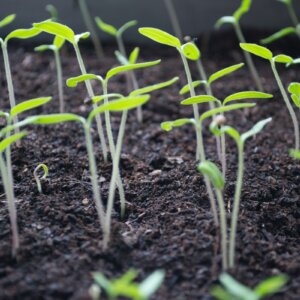



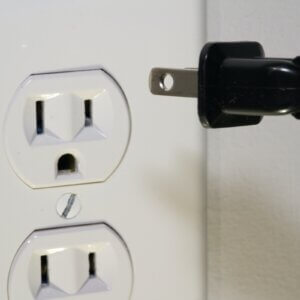

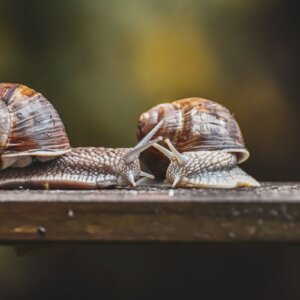



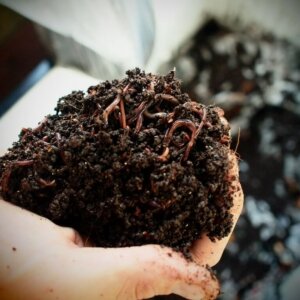



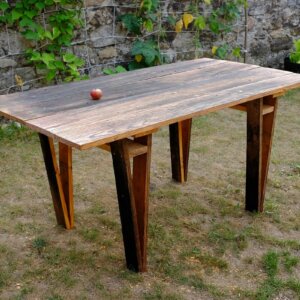


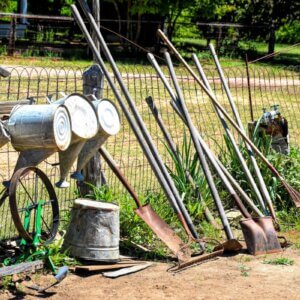


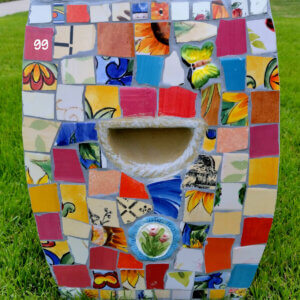
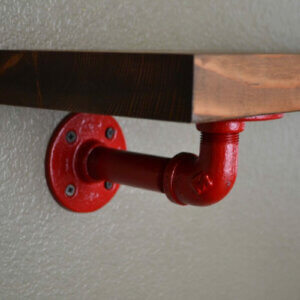
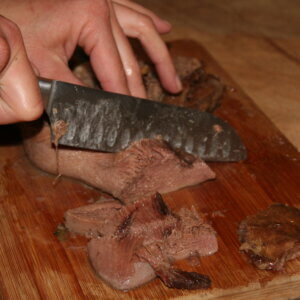




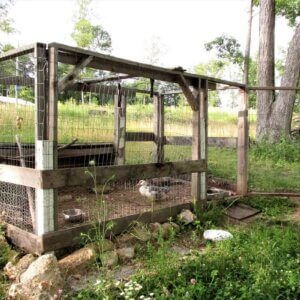


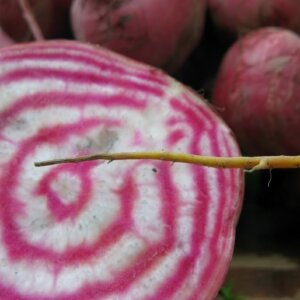

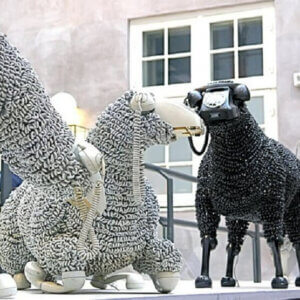




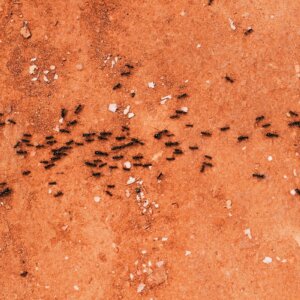
Leave a Reply